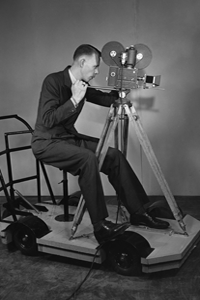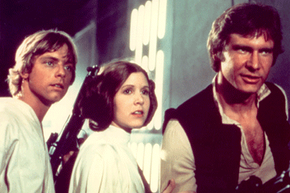Filmmaking as an artistic medium has always been about innovation. Early filmmakers realized that to push the art form forward, the technology needed to advance as well. When we think of technology and innovation today, ones and zeroes pop into our heads. But back in the day, technological advances came about simply because the filmmaker yearned to tell a better story.
Smooth tracking shots were practically impossible because of bulky camera systems, so crew members shifts backgrounds to give the illusion of a moving camera. Before audio recording was possible, music and title cards allowed silent films to present dialogue in a meaningful way. Once the camera could move around, and sound was possible, it opened up a new world of on-location shooting, and movies would never be the same again.
Advertisement
Here's a list of five of the top filmmaking innovations to come along since Louis Lumiere gave us the first motion picture camera back in 1895.


